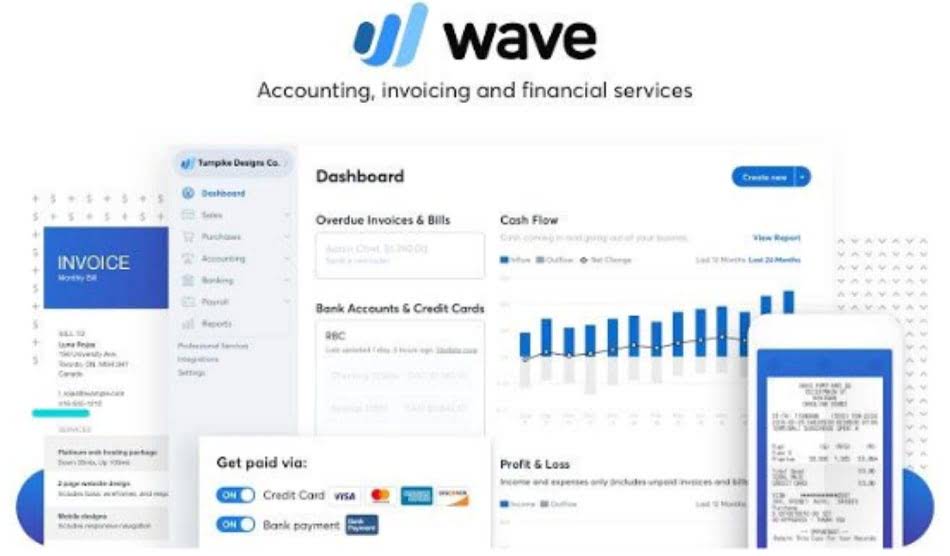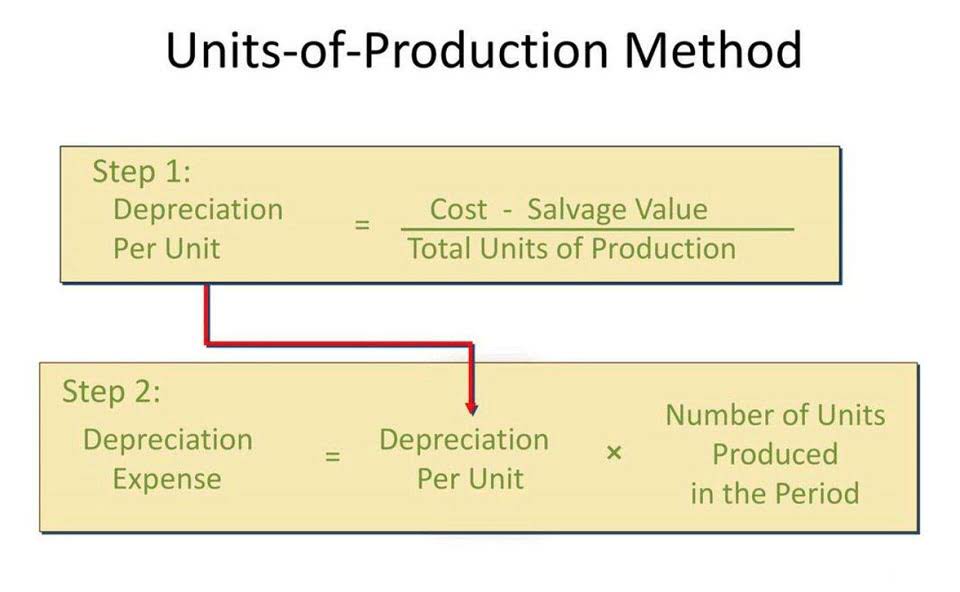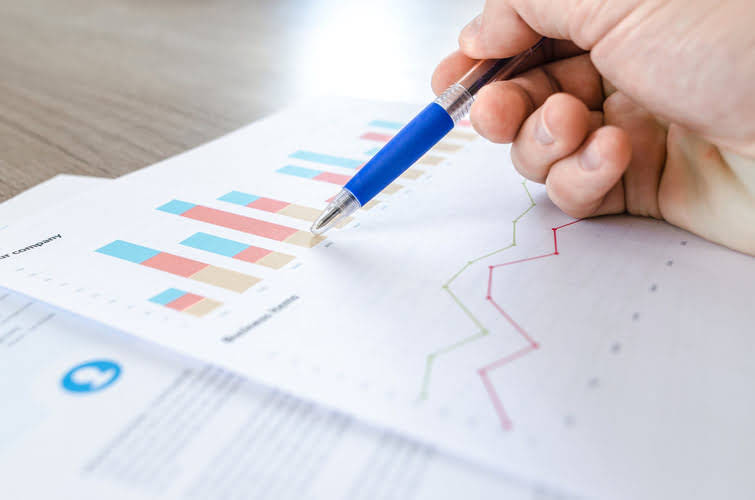
The journal entry is debiting salary expense $ 50,000 and credit salary payable $ 50,000. Liabilities are listed on a company’s balance sheet and expenses are listed on a company’s income statement. Expenses can be paid immediately with cash or the payment could be delayed which would create a liability. The financial statements of a business which report its profitability and financial position primarily consist of a profit and loss account and a balance sheet. Accounts recorded in these financial statements fall in either of the four categories i.e., revenue or expense and assets or liabilities.

What Are Examples of Liabilities That Individuals or Households Have?
- Using these facts and LeaseQuery’s free NPV calculator, the present value of the remaining lease payments is $11,254,351.
- For a full explanation with journal entries, read our blog, Accrued Rent Accounting under ASC 842 Explained.
- The income tax expense reduces a company’s pre-tax income, directly impacting its net income and profitability.
- The remaining prepaid amount continues to be an asset until it is consumed in subsequent periods.
- You report expenses on your company’s income statement, or profit and loss (P&L) statement, and record them as revenue deductions.
- The Department of Labor requires deposits to be made as soon as administratively feasible, generally within a few business days after payroll processing.
- This was considered a deferral, which is a liability, as expense for rent was incurred, but some of the amount was still owed.
Liabilities are obligations representing future economic sacrifices, showing what a business owes to external parties. Expenses, in contrast, are costs incurred during the current period to generate revenue, reflecting the consumption of resources. Understanding insurance classification requires defining basic accounting terms. An asset represents something a business owns that provides a future economic benefit, such as cash, equipment, or rights to future services.

Value Added Tax – Is Value Added Tax (VAT) an expense?

A liability is money owed in the future, while an expense is a cost incurred to help the business run smoothly and generate revenue. Individuals often wonder about the distinctions between liabilities and expenses. While sometimes confused, these two financial terms represent different aspects of a company’s financial health and operations. Understanding their unique characteristics and reporting requirements is important for interpreting financial statements. This article clarifies these concepts, providing a foundation for accurate financial information.
- This process may involve a specific calculation based on the contract with the workers.
- Casualty and liability insurance deals mainly with the company’s workers and anything that may happen to them while they are working.
- Expenses can become liabilities on a balance sheet when you accrue them, which means you’ve incurred the expense and received the benefit from it, but you haven’t paid for it yet.
- Requesting a summary of unbilled work performed as of the period-end can provide a highly accurate basis for an accrual.
- By expensing insurance coverage as it is used, businesses accurately match the cost of protection with the period in which that protection was received.
Are taxes a liability or an expense?

A key difference between liabilities and expenses is their purpose and what they represent. Liabilities are amounts the company owes to others, such as lenders, creditors and suppliers. On the other hand, expenses are costs is a liability an expense incurred to generate revenue and keep operations running. In this sense, you can consider timing to be an important distinction between liabilities and expenses. This liability will show up on the balance sheet as accounts payable.
- In accounting, liabilities and expenses represent two distinct financial concepts.
- This is slightly different from the sales tax system, which requires taxes to be assessed and paid only by consumers at the end of the supply chain.
- The distinction between these two accounts is important to understand when accounting for employee payments.
- Accrued salary is the expense that company record on the income statement as the payment not yet made to the employees as the work has been done over a period of time.
Liabilities in accounting are any debts your company owes to someone else, including small business loans, unpaid bills, and mortgage payments. If you made an agreement to pay a third party a http://galaksi.anasonisleri.com/20-best-bookkeeping-services-in-seattle-wa/ sum of money at a later date, that is a liability. An expense is the cost of operations that a company incurs to generate revenue. An expense is not a liability, but the act of incurring an expense can create one. This relationship is a central concept in accrual basis accounting, which requires transactions to be recorded when they occur, not necessarily when cash changes hands. The expense is the recognition of the cost, while the liability is the formal recognition of the duty to pay for that cost later.
- In this scenario, the unpaid premium creates an obligation, which is recorded as “insurance payable” on the balance sheet.
- This expense reflects the consumption of the benefit provided by the rental property.
- He is the sole author of all the materials on AccountingCoach.com.
- Insurance is a financial tool widely used by individuals and businesses to protect against unexpected losses.
- The salary payable will be reduced from the balance sheet with cash paid.
- In this type, a company calculates the wages expense by determining the units produced by a single employee.
Month-End/Year-End
This line contribution margin item is in constant flux as bonds are issued, mature, or called back by the issuer. The article “expense vs liability” looks at meaning of and differences between two of these components – expense and liability. These are direct costs related to producing goods sold by a company, including raw materials and labor. This guide will break down each concept, show how to record them correctly, and also explain how you streamline the entire process of expense management. These are business liabilities that are probable, but not certain; in other words, the need to pay them is contingent on some event.
In short, there is a diversity of treatment for the debit side of liability accounting. Like income, expenses are also measured every period and then closed as part of capital. In addition to the three elements mentioned above, there are two items that are also considered as key elements in accounting. Nonetheless, these items are ultimately included as part of capital. VAT is basically a consumption tax that is levied on goods and services at every stage of the supply chain; typically where value is added, from the initial production to the point of sale. The VAT that the user pays depends on the underlying cost of the product, adjusted for any cost of materials in the product that has already been taxed at any previous stage.
